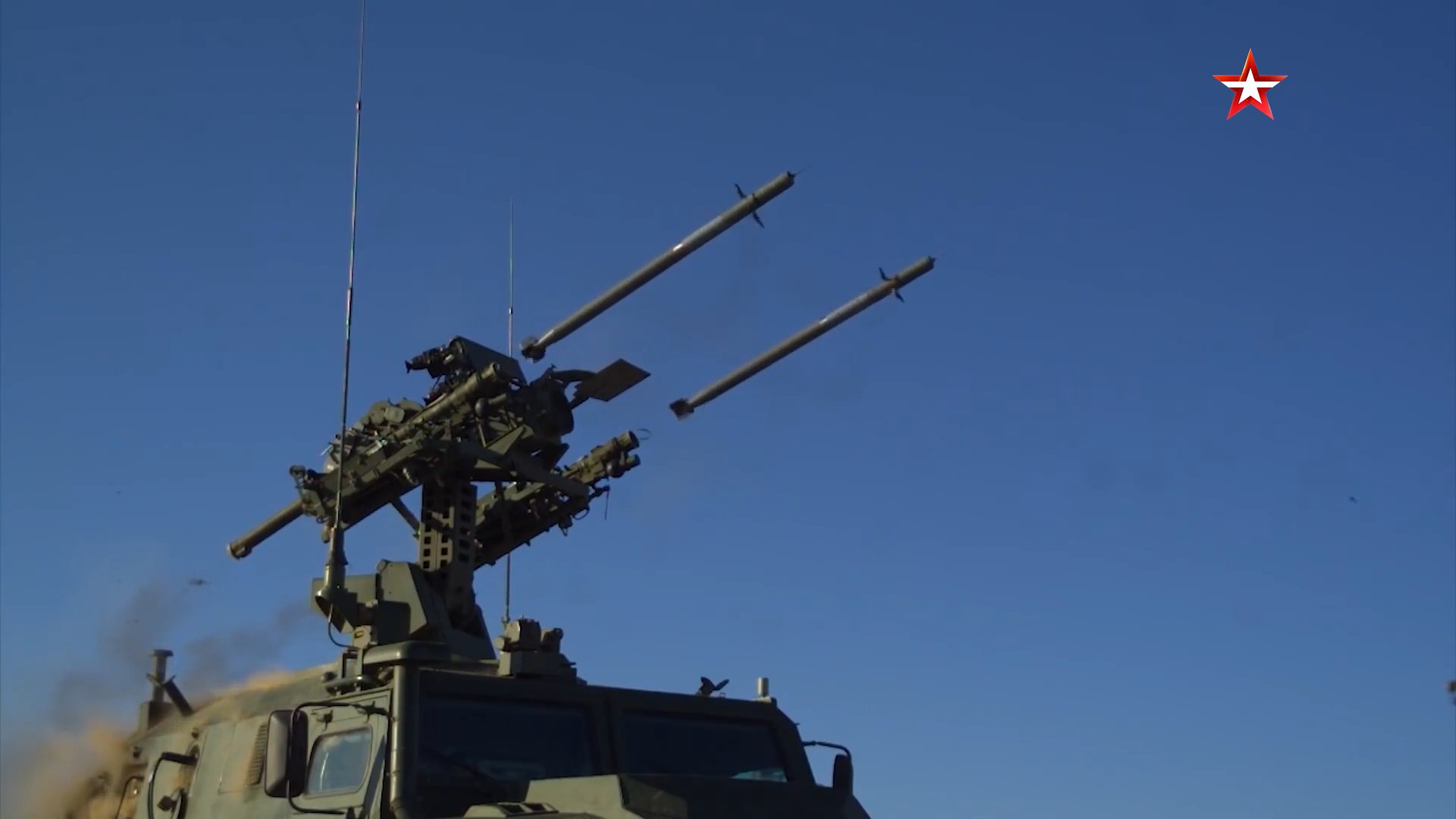In light of the insights gained from the ‘special military operation’ in Ukraine, Russia has reportedly decided to arm its special forces with cutting-edge high-precision missiles and mobile anti-aircraft weaponry. This will include Gibka-S anti-aircraft systems for the first time.
Russian media outlet Izvestia, citing sources in the military department, claimed that the primary focus is on broadening the spectrum of high-precision arms and fortifying defenses against airborne threats.
The report added that the special forces will receive more mobile anti-tank systems, specifically the “Kornet-D1,” this year. Concurrently, the deployment of the Gibka-S anti-aircraft system is set to commence for the first time.
The primary tasks of these specialized units include deep reconnaissance and the targeted destruction of crucial enemy installations. Incorporating powerful firepower is considered critical, especially in challenging conditions where special forces must contend with enemy sabotage groups, combat vehicles, helicopters, and aircraft.
As quoted by the report, Russian military expert Vasily Dandykin said, “In addition to the machine gun and sniper rifles that the special forces already had, with such systems, the fighters will be able to solve problems in the fight against both tanks and vehicles.”

The new tactical approach highlights the utilization of small arms and more powerful methods, broadening combat capabilities to achieve a more accurate and targeted elimination of enemy forces.
Contrary to the typical covert nature of intelligence operations, the strategy involves a more overt and disruptive approach. The objective is to execute a forceful assault that will destroy enemy forces while conducting discreet operations in other locations.
Furthermore, the report mentioned that integrating this enhanced firepower represents more than mere reinforcement. It signifies a significant modernization of special forces.
Last year, Russia announced the formation of new high-power artillery brigades in the Russian army. These units reportedly have formidable large-caliber weapons such as Pion, Malka, and Tulpan mortars.
The decision to bolster artillery capabilities stems from the perceived necessity for breaking through defenses and launching strikes on the enemy’s rear areas. The reinforcement of this artillery may signify an escalation in offensive operations.
Gibka-S Anti-Aircraft System
This move marks the initiation of the supply of the Gibka-S to the Russian military. In August 2023, reports surfaced about the combat assessment of the Gibka-S anti-aircraft system in Ukraine.
Notably, the system, developed by the Russian state-owned defense enterprise Machine-Building Design Bureau (KBM), garnered positive reviews based on its combat performance.
Some experts suggest that the deployment of the Gibka-S system is, in part, a strategic measure aimed at mitigating the risk posed by low-altitude threats, such as suicide drones, targeting Russian-manufactured S-300s, Buks, and Pantsirs.
Designed for very short-range air defense (VSHORAD), the Gibka-S system protects deployed and marching units against the threat of low and highly low-flying aircraft, operating seamlessly day and night.
The system comprises a combat vehicle and a commander’s reconnaissance and combat control vehicle. The Gibka-S system is built on the 9А332 combat vehicle, a Tigr tactical vehicle derivative intended to transport man-portable air-defense system (MANPADS) operators along with missile load and associated equipment.
The launch guidance unit of the Gibsta-S can house four missiles, supplemented by an extra four missiles stored for rapid deployment and readiness. Engineered with three firing channels, the system provides flexibility to adapt to diverse combat scenarios.
'Gibka-S': New Russian Air Defense System field test pic.twitter.com/snxRZqUpb7
— RT (@RT_com) December 26, 2019
The system can launch Verba or Igla-S (9М336, 9М342, 9М39) portable surface-to-air missiles.
The 72.2mm Igla-S 9M342 missile, measuring 1,690mm long and weighing 11.3kg, is propelled by a solid propellant booster. With the capability to engage targets flying at altitudes of up to 3,500m at a speed of 400m/s, the missile boasts a maximum target engagement range of 6,000m.
Its guidance system is facilitated by an optical homing passive seeker, directing the missile accurately toward the intended target. The Igla-S missile has a high-explosive (HE) blast fragmentation warhead featuring proximity and impact fuse functionalities.
Similarly, the Verba 9М336 is a 72mm missile with comparable target range and altitude capabilities to the Igla-S missile. This missile, guided by a tri-mode passive homing seeker, carries a 2.5kg high-explosive (HE) warhead.
Both missiles contribute to the system’s capabilities, offering precise and effective engagement against various aerial threats.
- Contact the author at ashishmichel(at)gmail.com
- Follow EurAsian Times on Google News




